Non-Potable Water
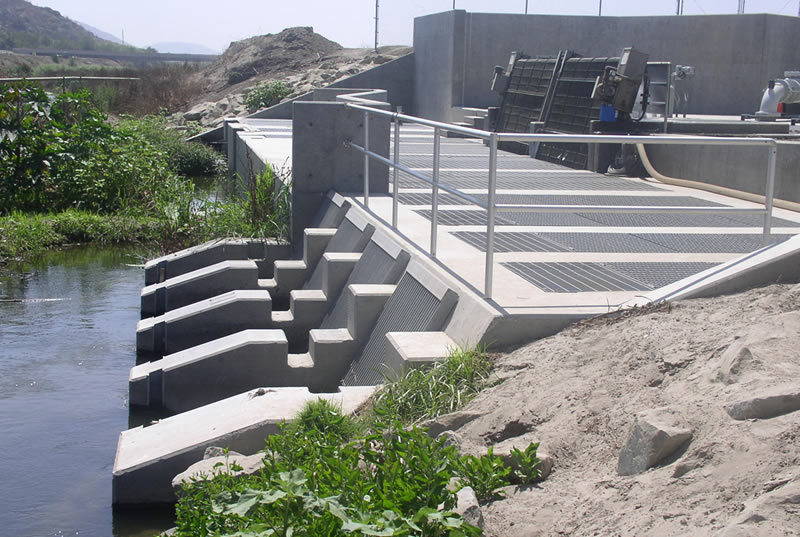
Non-potable water delivery is a vital part of Camrosa’s service mission, as it provides landscape and agricultural irrigation for many customers in our district. The main source of Camrosa’s non-potable water is Conejo Creek, which runs south from Hill Canyon through the middle of our long and narrow service area, behind Leisure Village, and through agricultural fields, before it joins Calleguas Creek and then flows to the Pacific Ocean.
The Conejo Creek contains high-quality recycled water discharged by the Hill Canyon Treatment Plant in Thousand Oaks. This water, once released into the creek, merges with the north and south forks of the Arroyo Conejo, the Arroyo Santa Rosa, and other small tributaries from the hills of Santa Rosa Valley. Seven miles downstream, Camrosa diverts the creek through the Conejo Creek Diversion Structure, located on the west bank a stone’s throw south of the 101 freeway. This structure, built in the early 2000s, moves six cubic feet of water per second for downstream use, and sends the rest to Camrosa’s storage ponds, located near Cal State Channel Islands. From that facility, non-potable surface water is sent to customers in the district via the non-potable distribution system, a discrete network of approximately 31 miles of pipeline. This system provides irrigation water to agricultural users and outdoor irrigation water for Leisure Village and about 350 homes.
In the hottest months of the year, Camrosa uses every drop we can squeeze out of the creek and our ponds, but at other times, our non-potable supply exceeds demand. Whenever we have surplus non-potable water, we sell it to the neighboring Pleasant Valley County Water District (PVCWD), a purely agricultural water district just to our west. For each acre foot of non-potable surface water Camrosa sends to PVCWD, we receive one acre foot of pumping allocation in the Pleasant Valley Basin, essentially transforming non-potable water we cannot use into a source of drinking water far less expensive than imported water. This is another way we’re maximizing local resources to reduce our dependence on costly imported water.
Camrosa supplements Conejo Creek water in the non-potable distribution system with groundwater—four of our wells in the Santa Rosa Basin receive no treatment after pumping and contribute to the non-potable system.
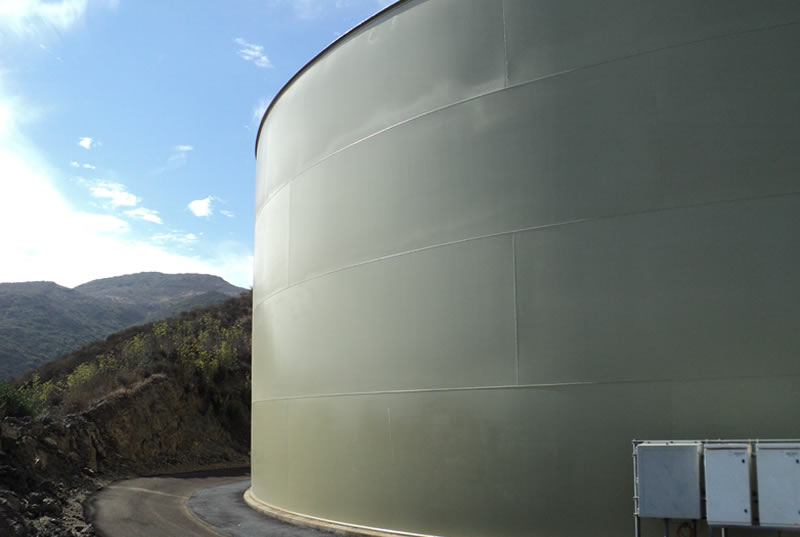 Camrosa Water District serves three classes of water through separate distribution systems: drinking (potable) water, non-potable irrigation water, and recycled water.
Camrosa Water District serves three classes of water through separate distribution systems: drinking (potable) water, non-potable irrigation water, and recycled water.





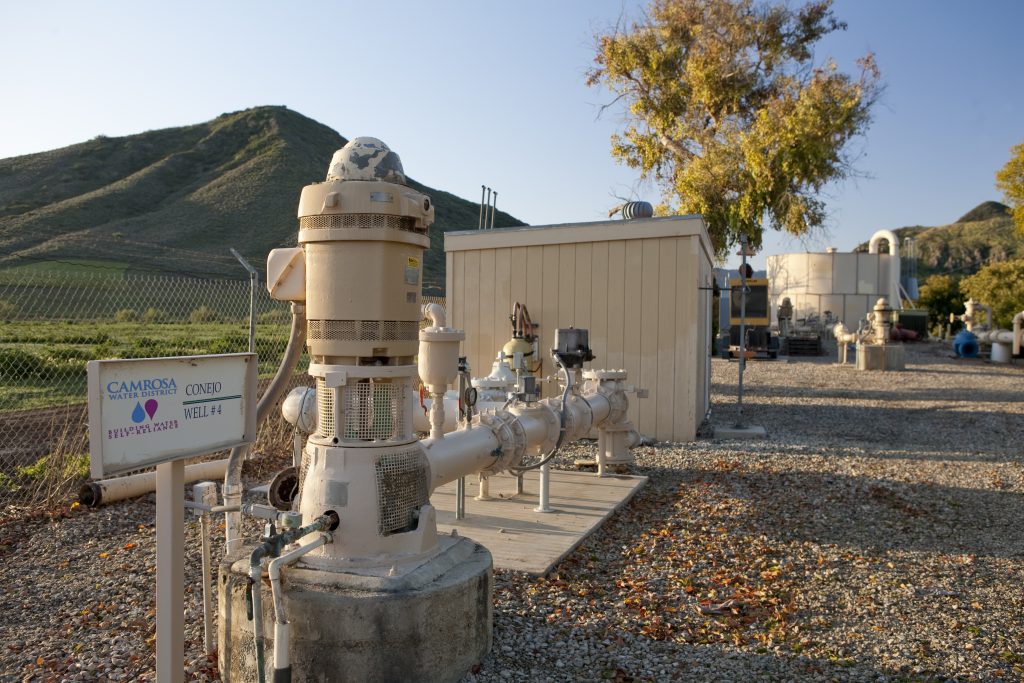
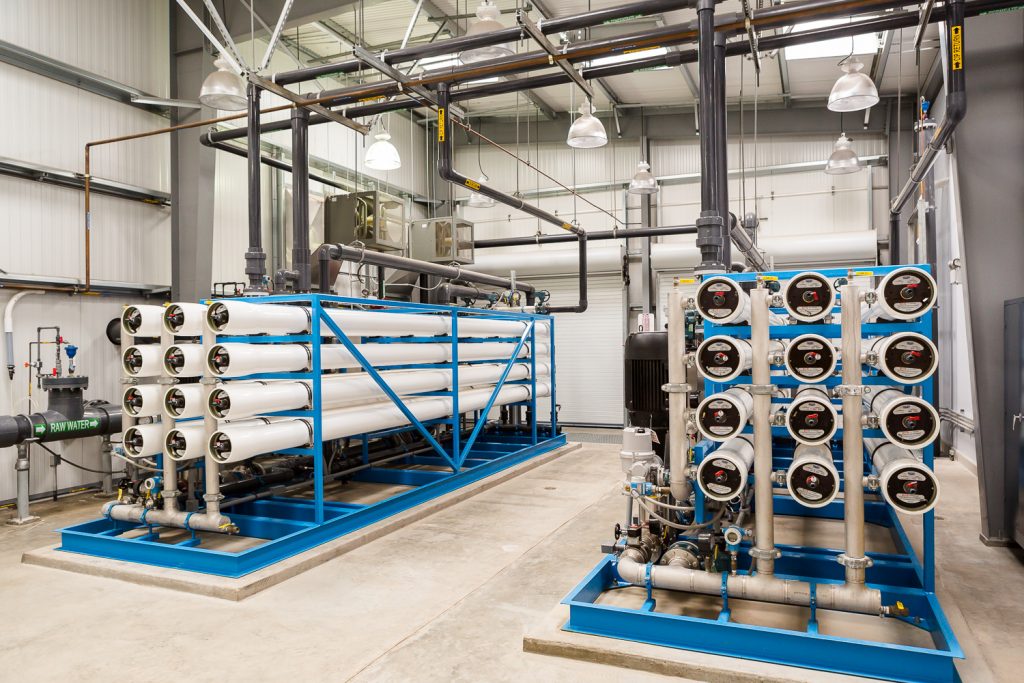
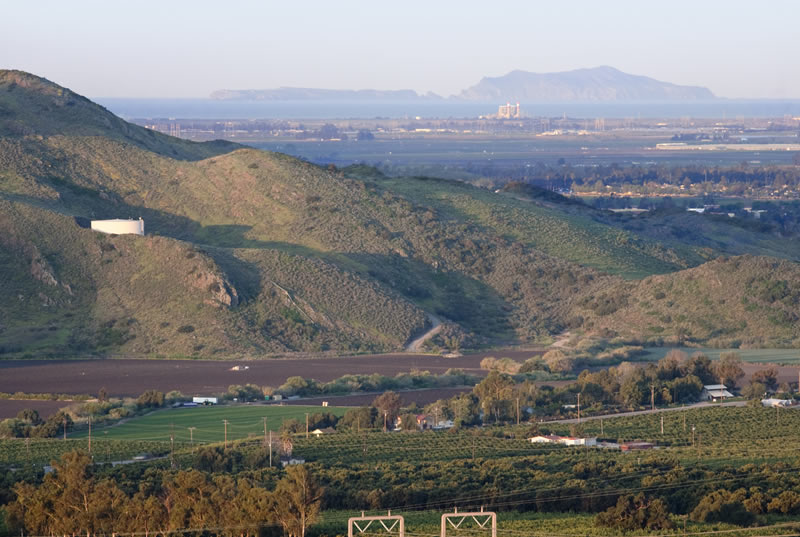 Ten reservoirs on the drinking water system store about 16.25 million gallons of water. Reservoirs are refilled during periods of low demand (generally midday and midnight), and help meet periods of high demand, create consistent pressure, and provide a measure of reliability during electrical or water-supply outages. They are our “safety net” in case there is a disruption in water supplies, ensuring that our customers receive continuous deliveries. You can see them dotting the hills in the Santa Rosa and Tierra Rejada Valleys.
Ten reservoirs on the drinking water system store about 16.25 million gallons of water. Reservoirs are refilled during periods of low demand (generally midday and midnight), and help meet periods of high demand, create consistent pressure, and provide a measure of reliability during electrical or water-supply outages. They are our “safety net” in case there is a disruption in water supplies, ensuring that our customers receive continuous deliveries. You can see them dotting the hills in the Santa Rosa and Tierra Rejada Valleys.